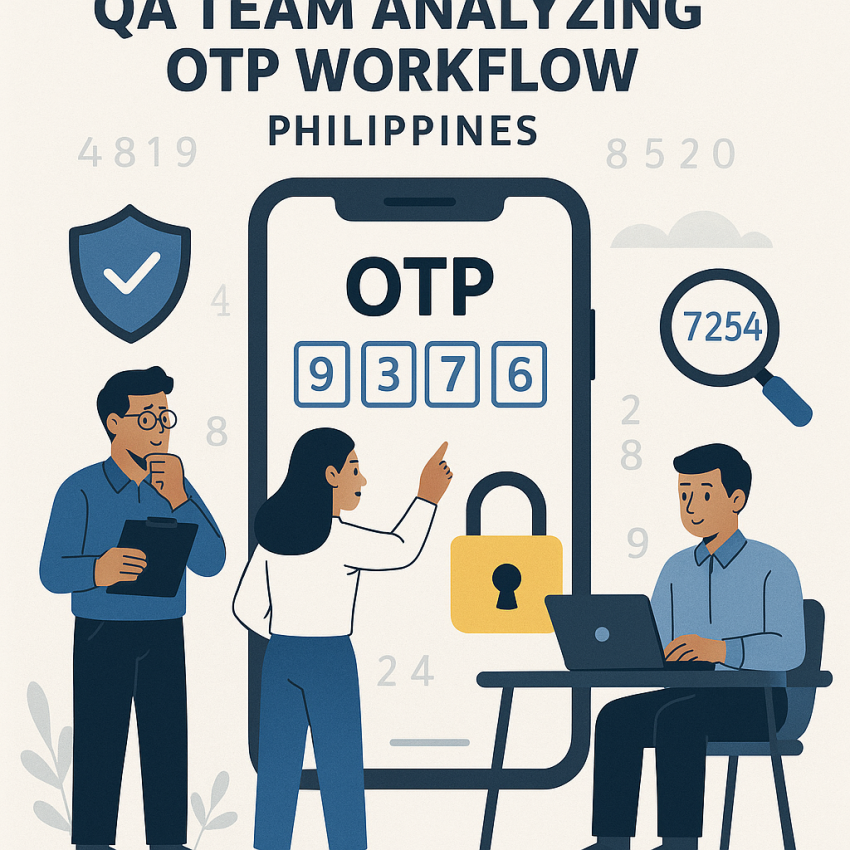
How QA teams use random numbers for OTP workflows in the Philippines
How QA teams use random numbers for OTP workflows in the Philippines is a growing approach to improve account verification while protecting user privacy. This guide explains why random-number OTPs can be useful, how to implement them securely, and what to watch out for in the Philippine regulatory context.
TL;DR
- OTP workflows can benefit from temporary, random numbers to reduce SIM-based fraud.
- Use trusted providers (like SMSPVA) to receive OTP messages in the Philippines.
- Always follow local data-privacy rules and implement monitoring to avoid abuse.
Why use random numbers for OTP in the Philippines?
Random numbers help decouple the user identity from a static phone number, reducing the impact of SIM swap and number porting. In the Philippines, where mobile penetration is high and many verification flows rely on SMS, introducing ephemeral numbers for OTP can add an extra layer of protection when paired with secure back-end checks. For QA teams, testing across multiple numbers ensures the system handles retries, delays, and edge cases without exposing real user data. You can read more about OTP risk and best practices on external resources such as Google Safety and general OTP references on Wikipedia.
How to implement random-number OTP workflows
- Define the use case. Identify which user actions require OTP verification and what should happen after a successful or failed attempt.
- Choose a provider. Use a trusted service that supports country-specific routing, such as SMSPVA’s random-number options for the Philippines.
- Integrate the API. Implement server-side logic to request a temporary random number, deliver the OTP via SMS, and verify the code entered by the user.
- Test thoroughly. Run end-to-end tests, including edge cases like duplicate requests, request throttling, and expired codes.
- Monitor and adjust. Track delivery rates, latency, and security incidents; adjust timeouts and retry policies as needed.
Table: Random-number OTP vs. other verification options
| Option | Delivery Speed | Privacy | Cost | Use Case |
|---|---|---|---|---|
| Random-number OTP (Philippines) | Fast, depends on carrier | Higher privacy if numbers are ephemeral | Variable, pay-per-use | High-security verification for new sessions |
| Permanent number OTP | Consistent but predictable | Lower privacy (linked to user identity) | Recurring costs | Long-term user verification |
Safe and legal use
When implementing OTP with random numbers in the Philippines, ensure you comply with local data-privacy laws and telecommunications regulations. Only use numbers you have permission to access for verification purposes, and implement rate limits to prevent abuse. Always inform users about how their data is used and provide an opt-out path where appropriate. For security awareness, consult Google Safety and reputable compliance resources.
FAQ
What is a random-number OTP workflow?
It uses randomly generated numbers sent via SMS as one-time passwords to verify a user’s identity, reducing reliance on a single static number.
Are random-number OTPs secure for the Philippines?
When implemented with proper expiration, rate limiting, and secure back-end checks, random-number OTPs can improve security and reduce SIM-based fraud.
How do I integrate a random-number OTP service in my app?
Use the provider’s API to request an OTP, deliver it via SMS to the user, and verify the entered code on your server. Start with sandbox credentials and escalate to production after testing.
What about regulatory considerations in the Philippines?
Adhere to the Philippine Data Privacy Act, telecommunications rules, and any carrier-specific policies. Obtain user consent for verification messages and provide an easy opt-out.
How can I improve OTP delivery reliability?
Use multiple carriers, implement retries with back-off, monitor latency, and validate that the OTP is consumable by your app in a reasonable time window.
How do I start testing with SMSPVA in the Philippines?
Sign up for a sandbox, obtain API keys, and begin with a small test suite that covers success, failure, and edge cases in OTP flows.
Get started with Philippines random-number OTP
Want more options? See all random-number services or explore related guides in the blog.
Further reading: OTP overview, WhatsApp, and Google Authenticator.

